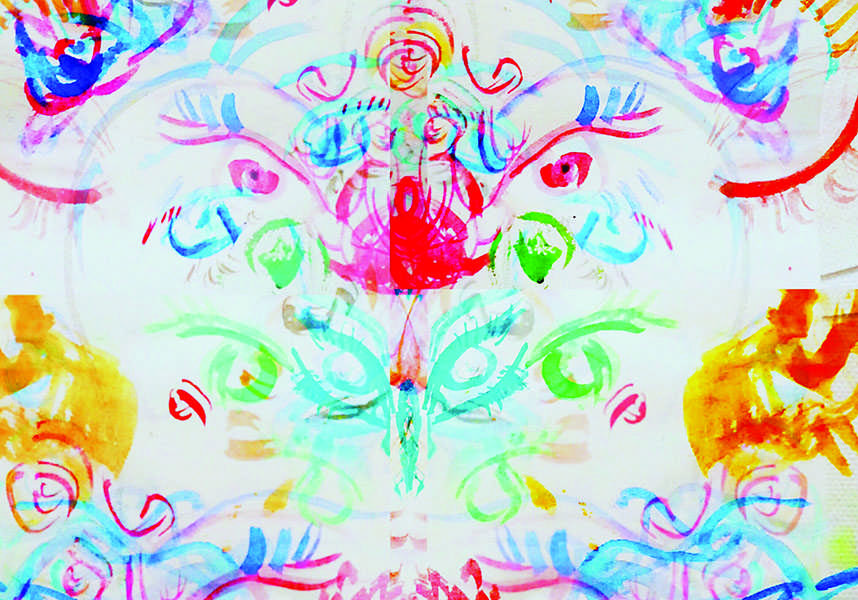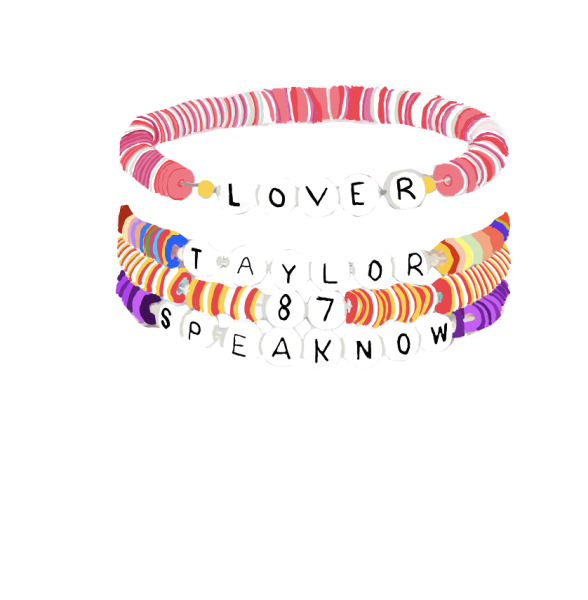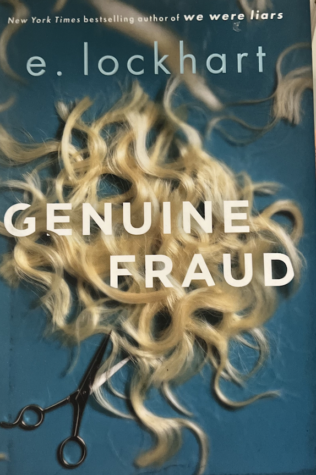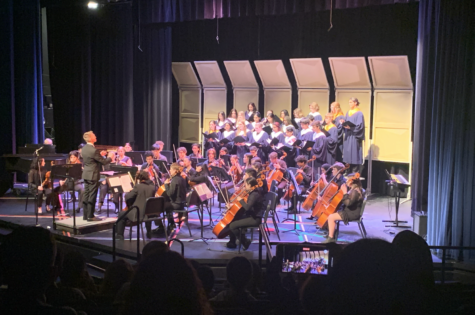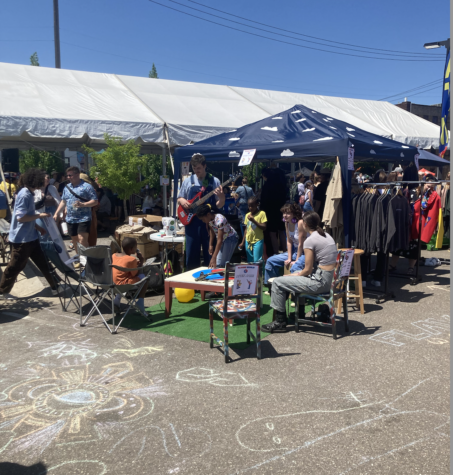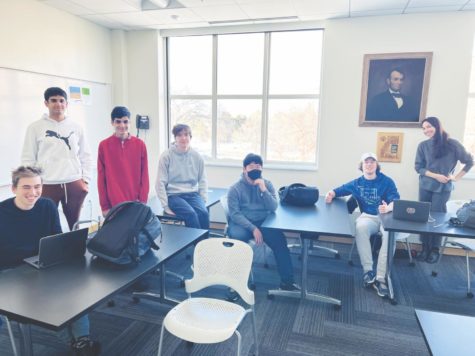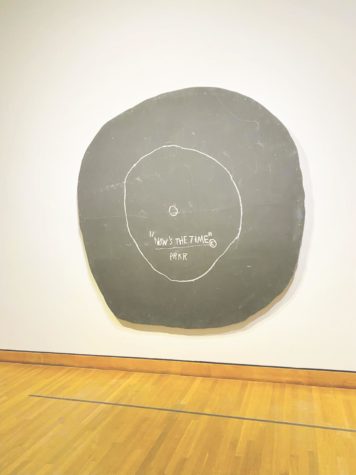The Art of Creativity
Teens are losing touch with their imagination
March 10, 2016
When you forget to prepare a slideshow for your Spanish project, you amp up the theatrics when you present. When you can’t find a paperclip for your English paper, you cinch it with a bobby pin. This creative brand of thinking is employed for day-to-day problem-solving. It’s a life-saver. It’s a hole-filler. And it’s often the only way we utilize creativity.
It’s easy to think of counter-cases to the aforementioned “lack” of creative thinking. This generalization is not even close to accurate. Humans are unequivocally a creative species; there’s proof nestled in every pixel of our iPhones. Still, there are people who engage their creativity far more than others. Such innovators are not the passionless masters of their respective fields, but those who truly love what they do.
There’s no doubt that Google wouldn’t exist without Larry Page and Sergey Brin’s ground-breaking technical skills. Nonetheless, it wasn’t born of a couple of guys working toward “mastery”, but instead letting their minds run free until one of them sat straight up in bed with an epiphany.
A study discussed in Dean Simonton’s book Child Prodigies and Adult Genius: A Weak Link shows that skilled child “prodigies” are not as likely as other children to make major changes to their fields. While many reach mastery of their profession, they plateau early in their careers, rarely branching out past their pre-ordinated skill.
There’s an important yet often overlooked distinction between prodigy and genius. Prodigiousness is a product of practice, while genius is a product of love. In a community buzzing with students thinking about the best ways to build a résumé as well as the best way to develop their interests, being conscious of these two different mindsets is important.
August Zosel ‘17 says, “A prodigy could just be good at something, but hate it, you know? When you say genius . . . If you’ve ever seen the movie Amadeus, Mozart in that movie just loves what he’s doing and is hella good at it.”
Taking an AP class isn’t at all a bad thing–unless taken for the wrong reasons. Focusing on filling one’s course load with APs often leads to the suppression of a certain pull they might feel toward, for example, Astronomy or Printmaking.
Similarly, while a student might find it easy to stick with a sport they’ve done their whole lives, they shouldn’t feel pressured to continue if they find themselves dreading practice. Zosel has played hockey for a decade. He still does–because he likes it. He noted, “I used to do it because I thought it’s something I had to do, and I had to compete with everybody, but now I just do it because I love to skate.”
Often, even inherently creative pursuits consist too much of the practice of art and not enough of “the art of art.” Real creativity is found in composition, improvisation, or in any way letting the brain focus on exploration rather than perfection. Practice might make perfect, but then what?
Shiv Jhanjee ‘18 thinks people often continue their activity “because parents got you started early,” and how “a lot of times people do it at least in high school for like résumés and stuff.” Jhanjee identifies track as his “main thing.” He didn’t pick it up until middle school: “Gary Lee told me to and I slowly began to enjoy it.”
A couple of years ago, I went to MacPhail to watch my high school-aged neighbors perform in their stringed quartet. Their whole bodies were electrified with excitement. Their legs were breezy and their heads spun on their axises. They wore smiles not because they were putting on a show but because that’s how they always looked when they played. Beneath the sound of the cellos, I could hear them humming.

